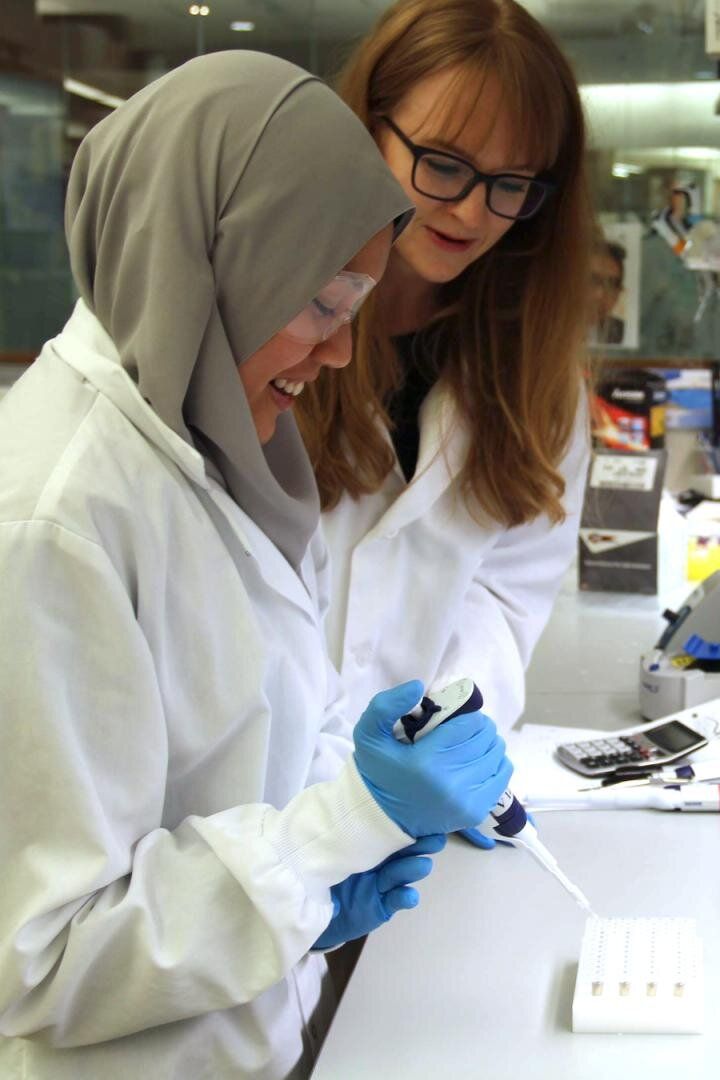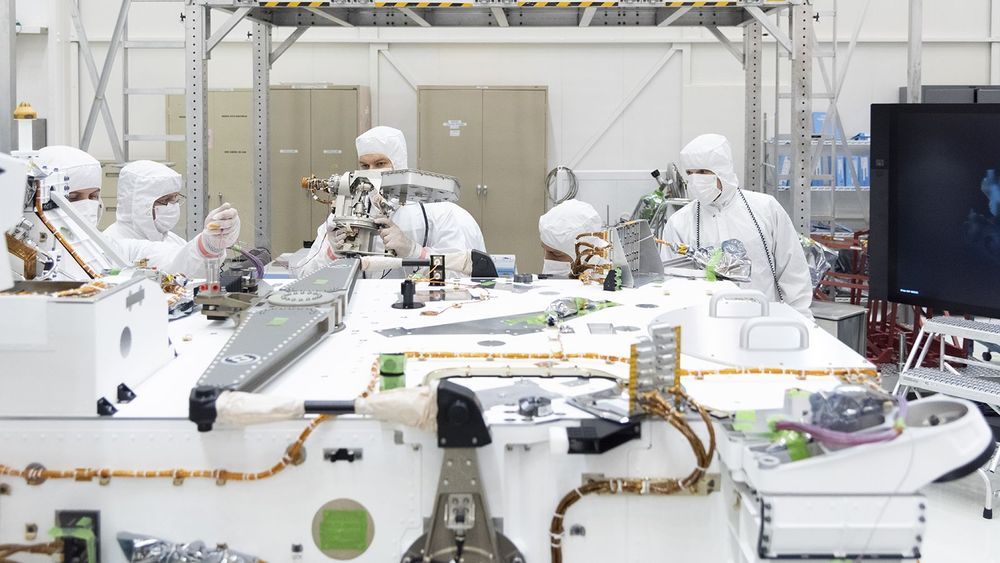2003
A master gene that directs embryonic stem cells to remain in a state of perpetual youth is revealed.


Researchers have developed a method that could drastically accelerate the search for new drugs to treat mental health disorders such as schizophrenia.
Mental health disorders are the leading cause of disability worldwide, accounting for 31% of total years lived with disability. While our understanding of the biology behind these disorders has increased, no new neuropsychiatric drugs with improved treatment effects have been developed in the last few decades, and most existing treatments were found through luck.
This is mainly because doctors can’t take brain tissue samples from patients in the same way that they are able to do a biopsy on a cancer tumour elsewhere in the body for example, so it’s difficult for researchers to understand exactly what to target when designing new neuropsychiatric drugs.

Fake news is a threat to American democratic institutions and false information can have far-reaching effects. A new study provides a roadmap for dealing with fake news.
Research published in Proceedings of the National Academy of Sciences provides new evidence that people’s beliefs about the source of information affects how they take in that information, even at the level of their automatic responses. They also found that new information can modify or even undo existing impressions caused by fake news.
“We wanted to know whether offering information about the source of news matters for people’s gut-level, automatic reactions,” said Melissa Ferguson, co-author on the paper and psychology professor at Cornell University. “Does knowing that something is fake have lingering pernicious effects that can later shape and influence our thoughts and behavior toward the person? Our studies suggest that establishing credibility for news sources is the right policy to combat fake news.”

ANN ARBOR—A new computer processor architecture developed at the University of Michigan could usher in a future where computers proactively defend against threats, rendering the current electronic security model of bugs and patches obsolete.
Called MORPHEUS, the chip blocks potential attacks by encrypting and randomly reshuffling key bits of its own code and data 20 times per second—infinitely faster than a human hacker can work and thousands of times faster than even the fastest electronic hacking techniques.
“Today’s approach of eliminating security bugs one by one is a losing game,” said Todd Austin, U-M professor of computer science and engineering and a developer of the system. “People are constantly writing code, and as long as there is new code, there will be new bugs and security vulnerabilities.

Induced pluripotent stem (iPS) cells are among the most important tools in modern biomedical research, leading to new and promising possibilities in precision medicine. To create them requires transforming a cell of one type, such as skin, into something of a blank slate, so it has the potential to become virtually any other kind of cell in the body, useful for regenerative therapies for everything from heart disease to diabetes.
However, current methods to induce pluripotency are inefficient: In a batch of 100 cells slated for reprogramming, only five or so complete the transition. A new study published today in Cell Reports by a team of researchers at the University of Wisconsin-Madison’s Wisconsin Institute for Discovery (WID) and School of Medicine and Public Health could improve that efficiency.
It describes combined laboratory and computational methods that lead to better completion of pluripotency, a faster process, and improved understanding of how cells become reprogrammed from one cell type to another, for instance, transforming a skin cell to a cardiac cell. And it includes some surprises, the authors say.

Mars 2020 engineers and technicians prepare the high-gain antenna for installation on the rover’s equipment deck. The antenna is articulated so it can point directly at Earth to uplink or downlink data.
The image was taken on April 19, 2019, in the Spacecraft Assembly Facility’s High Bay 1 clean room at NASA’s Jet Propulsion Laboratory, in Pasadena, California.
JPL is building and will manage operations of the Mars 2020 rover for the NASA Science Mission Directorate at the agency’s headquarters in Washington.

M.A.D.
The Poseidon drone can travel a full kilometer beneath water level, making it difficult to detect and stop once its deployed. And that level of stealth — especially when it’s tipped with a deadly nuclear bomb — has other nations concerned.
“It is worrying that countries are developing new nuclear capabilities,” Ine Eriksen Søreide, Foreign Minister of Norway, told The Barents Observer.

A newly-discovered gene gives infectious bacteria the ability to survive even the strongest antibiotics.
Cornell University biologists found the bacterial gene mcr-9, which when activated makes bacteria resistant to an “antibiotic of last resort” called colistin, according to research published in the journal mBio on Tuesday. If bacteria with the gene were to spread, doctors could find themselves facing a dangerous and perhaps untreatable superbug.

On Thursday, the city of Amsterdam announced its plan to replace all gasoline and diesel-powered cars and motorcycles with electric vehicles by 2030. The plan is an attempt to address unhealthy and alarming rates of air pollution in the city due to high traffic.

A team of researchers led by Harvard University scientists has improved the laboratory process of converting stem cells into insulin-producing beta cells, using biological and physical separation methods to enrich the proportion of beta cells in a sample. Their findings, published in the journal Nature, may be used to improve beta cell transplants for patients with type 1 diabetes.
In 2014, Douglas Melton’s lab showed for the first time that stem cells could be converted to functional beta cells, taking a step toward giving patients their own source of insulin. In that initial process, beta cells made up 30 percent of the final cell mixture.
“To improve from 30 percent, we needed to really understand the other 70 percent of the resulting cells,” said Adrian Veres, a graduate student in the Melton lab and lead author of the current study. “Until recently, we couldn’t take a sample of our cells and ask what cell types were in there. Now, with the revolution in single-cell sequencing, we can go from nothing to the full list.”